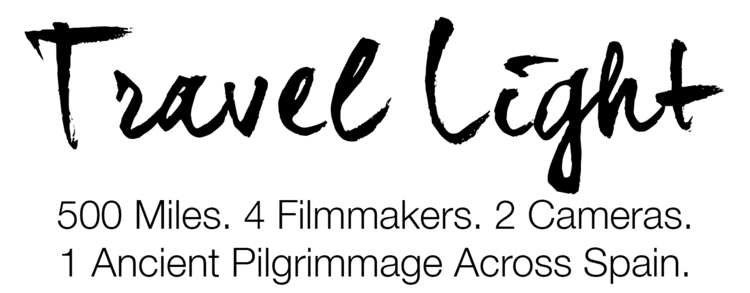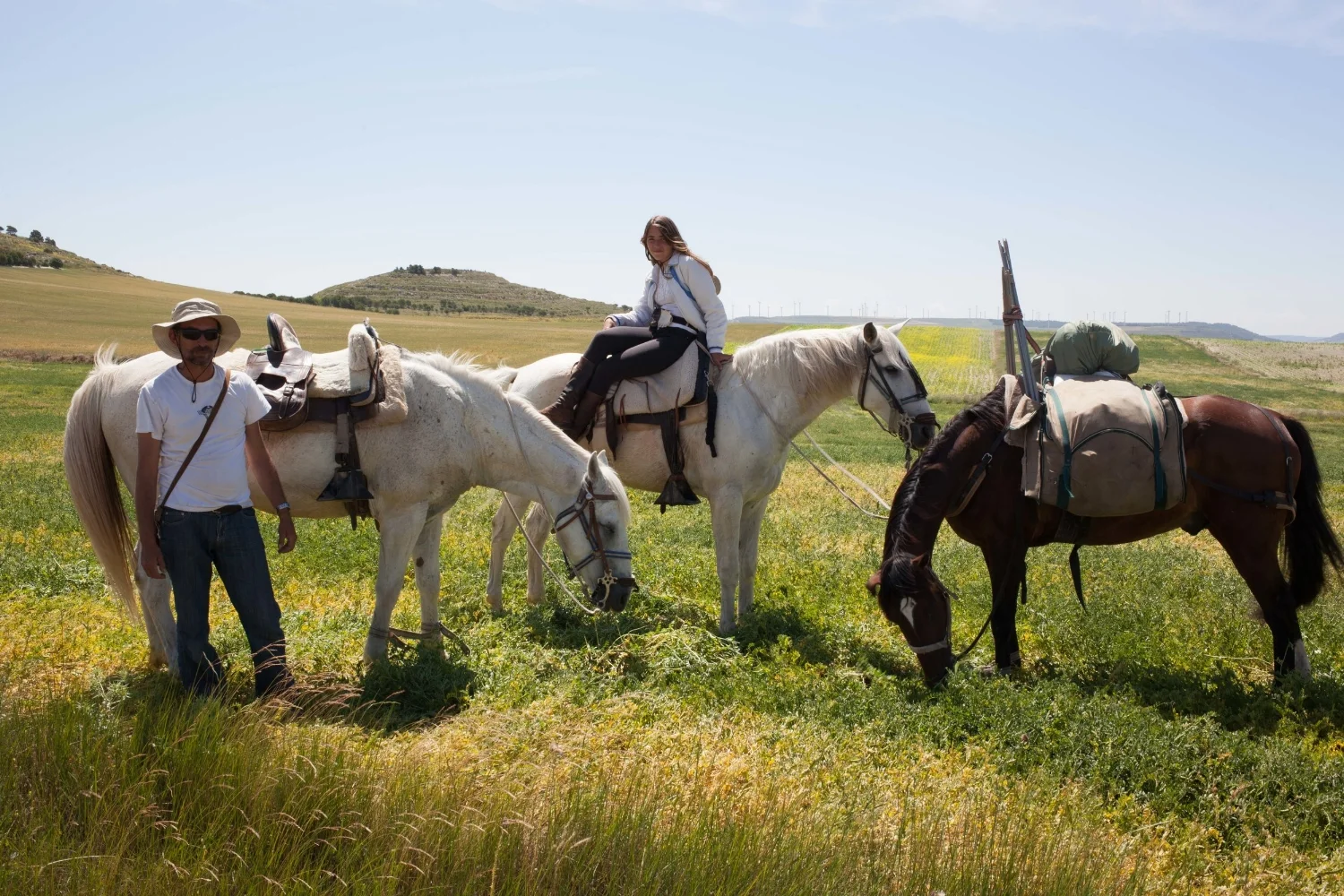For medieval Christians, there were three main pilgrimages: to Rome, to Jerusalem, or to Santiago de Compostela in Spain. At Santiago de Compostela the bones of Saint James were supposedly buried, and pilgrims who completed the journey received time off from purgatory. Because of this, the city of Santiago de Compostela is widely considered the world’s first “tourist attraction.”
But the story of the Camino doesn’t lie solely with Catholicism. Like the religious history of Spain itself, the Camino has been influenced by everything from Mysticism to Protestant Christianity. The path that became the Camino de Santiago was used even before Christian times, the Celts calling the ocean at its end Finisterre, the end of the world itself.
The pilgrimage continues today, with about 70,000 people completing the journey every year. There are as many reasons people walk the Camino as there are pilgrims.
“The Camino can be (among many other things) a union with nature, a vacation, an escape from the drudgery of the everyday, a spiritual path to the self and humankind, a social reunion, or a personal testing ground. It is “done” and “made” as a pilgrimage, but what does that mean now?”
- Nancy Louise Frey, Pilgrim Stories
This question is the beginning of our journey, and our film.

